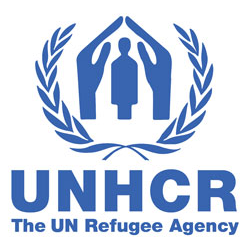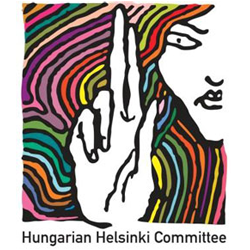Readings
Core
- J. Hathaway, ‘A Reconsideration of the Underlying Premise of Refugee Law’, Harvard International Law Journal, vol. 31, no. 1 (Spring 1990), pp. 129–147.
- G. Loescher, ‘The Origins of the International Refugee Regime’, in 'Beyond Charity: International Co-operation and the Global Refugee Crisis', (Oxford: Oxford University Press, 1993), pp. 32–55.
- A. Suhrke, ‘Refugees and Asylum in the Muslim World’, in R. Cohen (ed.), The Cambridge Survey of World Migration (Cambridge: Cambridge University Press, 1999), pp. 457–460.
Extended
- L. Holborn, ‘The Legal Status of Political Refugees, 1920–1938’, American Journal of International Law, vol. 32, no. 4 (October 1938), pp. 680–703.
- M. Marrus, The Unwanted. European Refugees in the Twentieth Century (Oxford: Oxford University Press, 1985).
Editor’s Note
Note the three phases of the modern international refugee regime:
- The first phase of collective recognition of refugees, which goes up until the II World War.
- The second phase of transition, which occurs during and shortly after the II World War.
- The third phase of individual recognition and other forms of protection, which begins with the establishment of UNHCR and entry into force of the 1951 Convention, continuing to the present.




